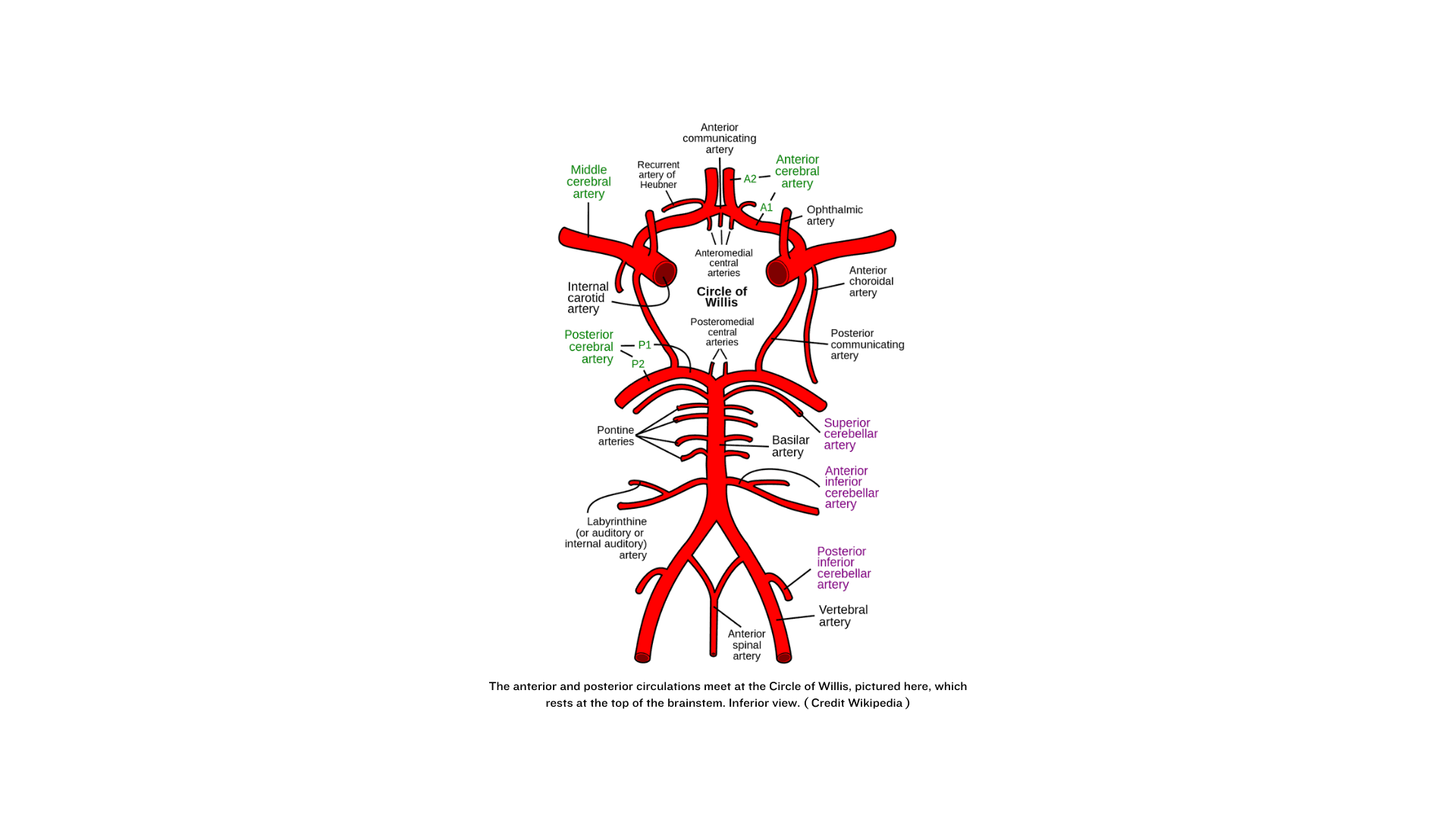Download A4Medicine Mobile App
Empower Your RCGP AKT Journey: Master the MCQs with Us!

Strokes are serious medical conditions characterized by the sudden onset of neurological deficits. They are primarily caused by disruptions in the blood supply to specific areas of the brain, each responsible for distinct functions. The following table delineates the relationship between the cerebral circulation involved in a stroke and the resultant symptoms. Understanding the normal anatomy and its functions helps in correlating the clinical presentation with the affected vascular territory. This information is crucial for both rapid diagnosis and targeted intervention, which can significantly affect outcomes in stroke management.
| Circulation Area | Normal Anatomy and Function | Common Stroke Symptoms | Explanation |
|---|---|---|---|
| Anterior Cerebral Artery (ACA) | Supplies the medial portions of the frontal lobe and superior medial parietal lobes. Controls higher cognitive functions, motor function, and sensory information from legs and feet. | • Paralysis or weakness in the legs and feet • Impaired executive functions • Behavioral changes | Since the ACA supplies the parts of the brain responsible for motor and sensory functions of the lower body, a stroke here typically leads to leg weakness or paralysis and can affect cognitive functions like decision-making. |
| Middle Cerebral Artery (MCA) | Supplies lateral aspects of the frontal, temporal, and parietal lobes. This includes areas responsible for... |
Try our Free Plan to get the full article.